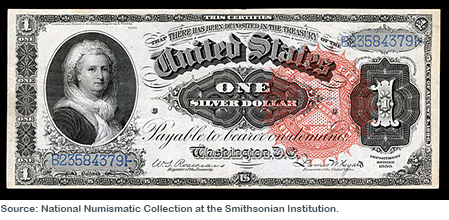Start Fall By Committing To End Deadly Falls
- Written by J.J.
In our culture it's been okay to laugh at falls. During Gerald Ford's presidency Time magazine, CBS news, and other mainstream media outlets often presented stories on the President's "clumsiness" as lighthearted news. In 2006, the month Ford died, correspondent Bob Schieffer felt compelled to recount that history writing:
"...after he [Ford] took a tumble or two on the ski slopes and then slipped one rainy day and fell headlong down the stairs coming off Air Force One, he developed the reputation for clumsiness. The joke was Vice President Rockefeller was just a banana peel away from the presidency."
Given the laughter that famous falls have generated it's no wonder they aren't taken seriously or that fall prevention measures are only introduced after a fall occurs---if then. Yet, one in three people 65 or older will fall and, after 70, even a ground level fall can be dangerous or deadly. That's why President Obama launched the STEADI (Stopping Elderly Accidents Deaths & Injuries) initiative this year authorizing grants to increase fall prevention awareness in the public and among health care professionals. Do you know how to prevent a fall? You'll find an abundance of free resources this month through two events: the 8th Annual Falls Prevention Awareness Day on September 23 and Go4Life all September. I learned something new maybe you will too!
Self Criticism: It's Not What You Think It Is And You Don't Have To Live With It
- Written by j.j. kai
If your inner voice has ever said: When will I learn?! How stupid can I be! or something as stern as, You're not good enough! then you likely have self-critical tendencies. If so, you're not alone. Look no further than the popular saying,"We're our own worst critic," or the best selling book series, "For Dummies" to realize that self-criticism is prevalent in our society. Most of us experience it and few of us question what it is or whether it can be overcome. Recent research reveals, though, that self criticism may be a dysfunctional outcome of our ancient fight/flight instincts reacting to a less threatening world and there are signs of hope as individuals are healing the resulting mental and physiological damage through Mindful Self-Compassion (MSC).
Read more: Self Criticism: It's Not What You Think It Is And You Don't Have To Live With It
Feldenkrais For Better Movement
- Written by J.J.
Do you live with arthritis or chronic pain? Have you sustained injury and opted not to do surgery? Are you living with neurological challenges? Moshe Feldenkrais, an engineer, physicist and established Black Belt in Judo, came to a similar crossroad in the 1940's after re-injuring his knee. Unable to enjoy Judo and soccer he decided to apply his rich scientific knowledge to the challenge of healing his own body. The healing modality he pioneered, the Feldenkrais Method, acts by increasing our awareness of movement. "Through awareness, he believes, we can learn to move with astonishing lightness and freedom-at almost any age..." writes Albert Rosenfeld in a 1980 Smithsonian article. Feldenkrais reached its first crest of popularity in the 70's and 80's. Today it's enjoying a revival internationally as it meshes with integrative medicine and morphs into other modalities such as Ruthy Alon's Bones For Life program.
Women on Currency-Why Is It Time?
- Written by J.J.
 At the end of the 19th century U.S. currency featured 2 women Pocohantus and Martha Washington. Since then we've seen only 3 more women's portraits and only on special coins. Now the U.S. Treasury is redesigning the $10 bill and, in the overhaul, Alexander Hamilton will move aside for the first image of a woman on currency in 120 years! More than a dozen other countries already feature women on their money. Why has it taken the United States so long and why is now the time?
At the end of the 19th century U.S. currency featured 2 women Pocohantus and Martha Washington. Since then we've seen only 3 more women's portraits and only on special coins. Now the U.S. Treasury is redesigning the $10 bill and, in the overhaul, Alexander Hamilton will move aside for the first image of a woman on currency in 120 years! More than a dozen other countries already feature women on their money. Why has it taken the United States so long and why is now the time?

